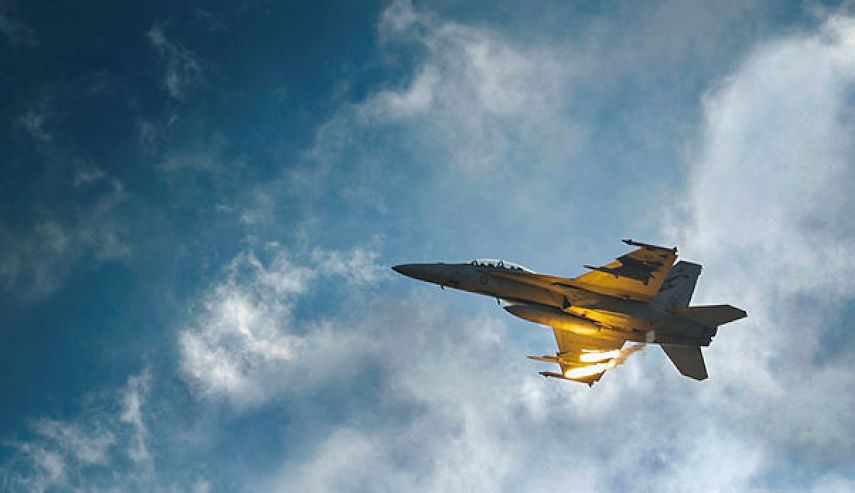With unpredictable developments occurring around the world, strategic defence policy and capabilities have never been more important, according to Minister for Defence Industry Christopher Pyne.
To continue reading the rest of this article, please log in.
Create free account to get unlimited news articles and more!
Addressing a conference in Canberra, Minister Pyne told the audience that the plans and developments of the 2016 defence white paper are absolutely crucial, citing global strategic change and new challenges to national security.
"The last 12 months have seen the acceleration of strategic changes around the world – a more assertive Russia and China; Brexit; North Korea’s highly dangerous nuclear and missile brinksmanship; a new broom sweeping through in Washington DC," Minister Pyne said.
"These developments put a premium on the need for Australia to be able to act for itself, and make national security decisions that maximise our strengths at a time of unprecedented global strategic change."
The minister said the changes across the globe are not all bad for Australia, with the possibilities of new developments on the horizon.
"Some of these changes can be turned into opportunities for Australia – we can and must strengthen our alliance co-operation with America," he said.
Since the release of the defence white paper, which promises to spend $195 billion on defence over the next decade, progress and investment in the industry has accelerated.
Recently, the $730 million Next Generation Technologies Fund was launched, and late last year the Thales' Hawkei project reached a major milestone, handing over its first 10 vehicles to Defence.
The Centre for Defence Industry Capability (CDIC), which has been funded at $230 million over the decade and is a close collaboration between the private sector, Defence and AusIndustry, and the $640 million Defence Innovation Hub have also been launched.
The Future Submarines Project has also been identified as a key achievement for the government, with the signing of the first contract ahead of schedule with DCNS to mobilise the resources needed to develop the future submarines.
Also of importance in maritime capabilities, is the Future Frigate and Offshore Patrol Vessel programs.
The Future Frigate Program will create nine anti-submarine warfare frigates in Adelaide, which will cost $35 billion.
The $3-4 billion program to construct 12 Offshore Patrol Vessels will begin in Adelaide in 2018 before transitioning to Western Australia.
The Joint Strike Fighter Maintenance and Sustainment Hub has also been achieved since the release of the defence white paper. Australian companies, including H.I. Fraser and Rockwell Collins Australia, secured some of the first round of assignments for work maintaining the componentry of the global fleet of JSFs.

 Login
Login







